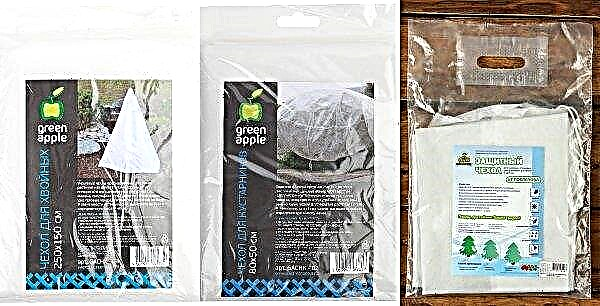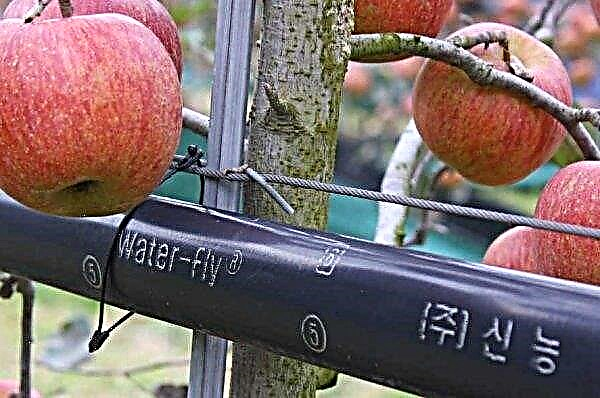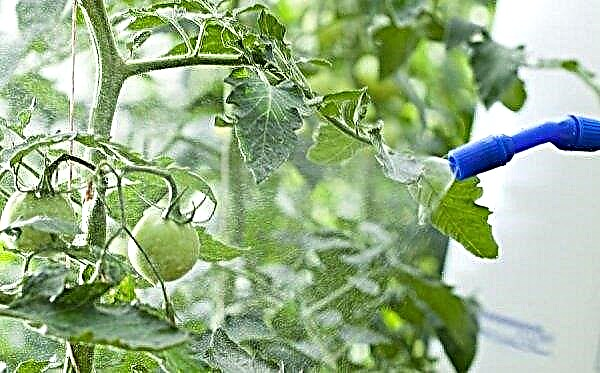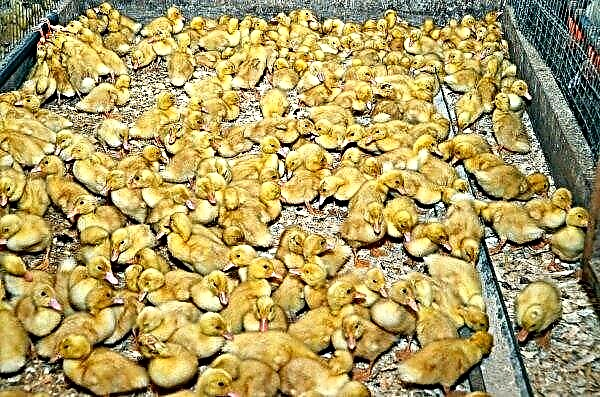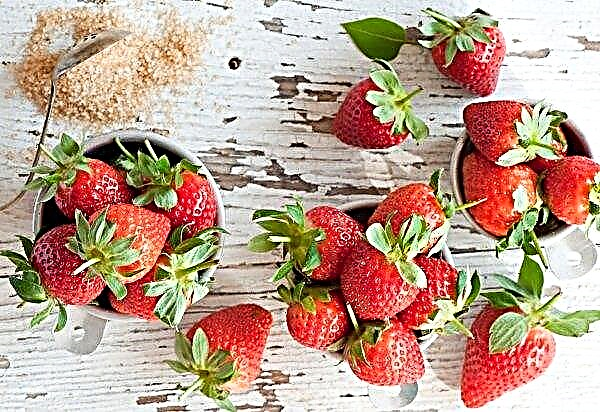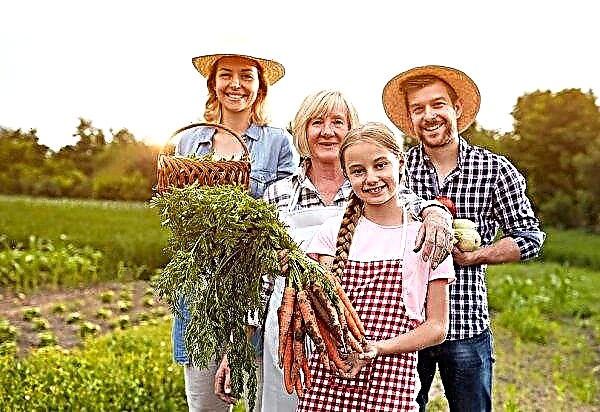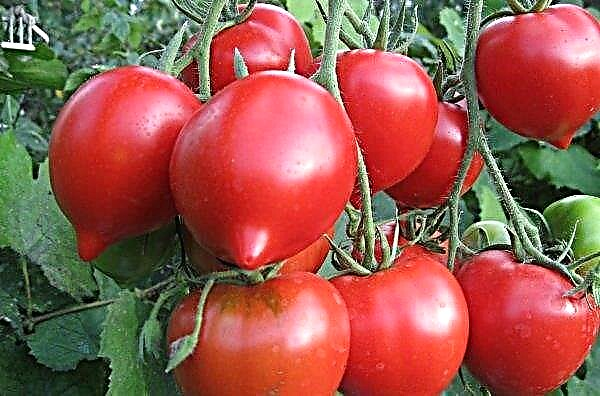The gazebo on the plot of the country house has become an integral part of almost any landscape design. You can make it yourself, or you can turn to specialists for help. There are a large number of various solutions to make a unique and inimitable structure in your country house. These include arbors made from twigs of willow, vine, hazel or cane. The right choice of materials, techniques and methods of weaving - later in the article.
Material selection
Properly selected and prepared material for weaving a gazebo plays a very important role. Namely: certain rods are easier to weave, the design lasts longer, you can make a structure of any size and shape.

Therefore, you need to know in what period the branches were harvested, their age, thickness, etc. The most popular and durable, according to experts, are arbors woven from willow, vine, young hazel and reeds.
Important! For weaving arbors, rods with an average thickness of 1.5–2.5 cm are best suited.
Willow
Harvesting willow twigs is recommended in the second half of August, when sap flow in plants slows down. During this period, the branches are already correctly formed and quite rigid. You need to choose shoots no more than one year old and 2-3 cm thick. Such shoots are very flexible, do not break during weaving and do not give cracks, reliably hold the woven structure.

Finished raw materials can be purchased on the market, or can be prepared independently. Before starting the construction of the gazebo, all the twigs must be steamed in a steam bath, remove the bark from them, which in the future can be used as fixing material (it connects separate sections of the building).
Vine
The material from the vine also needs to be harvested at the end of summer, when all branches, well-saturated with moisture, and the leaves easily come off. Shoots are quite long and are great for weaving large objects.
Experts advise using girl’s grapes in the work, but any other variety after pruning can also work. During weaving, it is necessary to take into account the fact that the vine branches dry out over time and the space between them increases. Therefore, weaving must be done quite tightly and closely.

Hazel
For weaving arbors use only hazel rods. They are straight, flexible, ideal for this kind of work. They can be harvested in mid-August, cutting branches from 5–10 mm thick from shrubs. Their main feature is that the shoots quickly stiffen and poorly soak. Therefore, it is better to use them immediately.
Did you know? Baskets woven by the Indians of North America did not let water through and clothes could be washed or dyed in them.
Reeds
The reed is very easy to harvest, because it grows on the shore of almost all reservoirs. Mostly raw materials are used for the manufacture of roofs for gazebos, but it is also suitable for creating the entire facility. As the material, both stems (1.5–2.5 m long) and leaves (80 cm long) are used.
Due to the strength, elasticity of the reed fibers and competent weaving, the gazebo will stand for many years. To do this, cut the raw material at the end of summer and dry it in small bundles in natural conditions so that the stems do not crumble during operation.

Weaving technique
Weave a gazebo in many ways. Basically, all techniques are carried out without the use of nails, starting from the bottom of the structure and sent up. Most often, specialists resort to such weaving methods as: in rows, rope, staggered. Such techniques are quite simple, but allow you to make designs of various shapes and sizes.
In rows
The technique of weaving a gazebo in rows is as follows:
- vertically set the stakes at a distance of no more than 10 cm from each other;
- in each cell or through one run a thin vine (one or several can be) and weave in a checkerboard pattern;
- at the end of the branch it must be bent and fixed;
- as necessary, bars should be added.

Rope
For weaving with a rope, you need to adhere to the following scheme:
- take 2-3 bars of the same length and fix to the first support by tying the wire “into the clamp”;
- tightly braid around the racks with a tourniquet, twisting the vine after each support;
- after laying each bundle, tap it with a hammer - to seal.
This method is used to make the roof of the gazebo, and you can protect the material from rain with the help of a plastic film.

 Weaving in three rods - a, four - b and five - c.
Weaving in three rods - a, four - b and five - c.
Staggered
The simplest way to weave a hut from a rod is considered to be the technique of "staggered".
It is carried out in the following order:
- one rod is passed through all racks;
- the next is woven from above, staggered.
This method is less attractive, but thanks to it you can make a large design.
Preparatory stage
After you select the appropriate material for weaving the gazebo, you need to prepare it in sufficient quantities, sort it (for convenience), mark and prepare the site for the structure, build a frame to which individual parts of the gazebo will be attached. These activities are very important. They will help in the future to accelerate and facilitate the work.
Important! The dried rods before weaving can be steamed in hot water and they will again become flexible and elastic.
Material sorting
Sorting of the material consists in the fact that it is necessary to set aside thick rods (thicker than 4 cm) and separately thin ones (2-3 cm). Massive branches are mainly consumed as the base or frame of the gazebo. Thin weaving itself is carried out directly. The bark taken from the rods acts as a fixing raw material. It is quite strong and durable.

Land marking
The next preparatory stage is the marking of the site.
It is as follows:
- you need to choose a place for the gazebo;
- clear it and level it (if necessary);
- it is possible to fill the site with a layer of sand and gravel (5-10 cm);
- Using stakes and rope, mark the perimeter of the future gazebo.

Also, the space under the gazebo can be concreted by laying with decorative tiles, and you can install a wooden platform. It all depends on the preferences of the owners.
Foundation construction
After the platform for the gazebo is ready, you can proceed with the construction of the base.
To do this, you need:
- on the perimeter (at the corners), dig holes for support stands (stakes, logs, boards, channels, metal pipes, etc.);
- they can be cemented;
- between the supporting posts at a distance of approximately 50 cm, thinner rods are installed around which weaving will be performed;
- in the opening of the future entrance, double racks should be placed at a distance of 15 cm from each other.
At this stage, you need to take into account the number of people who will be in the gazebo, furniture and decor - so that everyone is comfortable and comfortable.
Instruction and subtleties of weaving
Before you start weaving a gazebo, you need to prepare tools, such as:
- hammer (rubber can be);
- construction knife;
- wood hacksaw;
- roulette;
- cleaver for chopping thick branches into thin strips;
- a stick for removing bark from rods;
- wire (copper or aluminum);
- rope;
- bark taken from rods, etc.
Experts advise to weave the walls of the object and the roof separately, and then combine them into a single structure.
Option for a small wicker gazebo for the playground:
Wall weaving
There are several ways to weave the side walls:
- collapsible provides for the construction of individual parts (according to size), which can later be fastened with wire, rope or strips of bark and, if necessary, disassembled by placing in the winter in a secluded place;
- stationary consists in the fact that the walls are woven on firmly installed poles and are no longer removable.
Forming the openings for windows and doors, you need to place the bars in a circle at the extreme support, go around it and hold it in the opposite direction.
Did you know? During the excavation of the tomb of the Egyptian pharaoh Tutankhamun, chairs were woven from the vine.
Arbor roof arrangement
The roof is preferably done separately. Then it should be installed and securely fixed. The wicker roof of the vine will get wet, which, in turn, will lead to its rapid decay, and will also make it impossible to rest in the house in the rain.
Therefore, it is recommended to use cane, corrugated board, polycarbonate, wood, ruberoid, etc. as roofing materials. They are quite light, flexible, convenient to use. They need to be mounted on top of the wicker roof.
Pergolas made from vines always look spectacular and unusual. They bring a certain charm to the country space. Even more delight is caused by buildings lined with living climbing plants that create the aura of a fairy tale.

